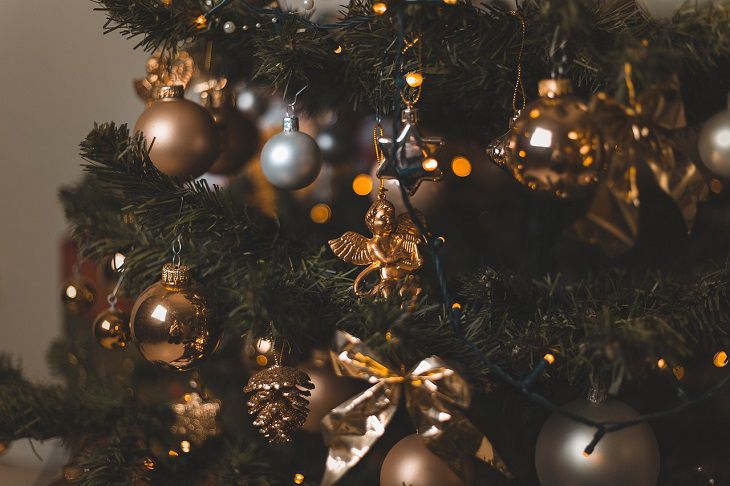For many years, people have been having debates about whether artificial Christmas trees are bad or good for you.
They can last for many years, but they don't always give the same amazing Christmas vibe of a real tree.
Let's look at the pros and cons of using artificial Christmas trees.

Yearly Reusability
Artificial Christmas trees can be reused for many years, making them a cost-effective and eco-friendly option.
This can save you money in the long run and reduce the demand for cutting down live trees annually.
Low Maintenance
Artificial trees require minimal care. No need to water, worry about needles falling off, or deal with the hassle of disposing of a dried-out tree.
A quick clean and storage, and your tree is ready for the next holiday season.
Allergy-Friendly
For those with allergies to pine or tree sap, artificial trees can be a welcome alternative.
They don't produce allergens, providing a sneeze-free and comfortable holiday environment.
Consistent Appearance
Artificial trees maintain a consistent shape and color throughout the holiday season.
No need to contend with uneven growth, bare spots, or variations in hue that can occur with live trees.
Now, let's talk about the cons.
Environmental Impact of Production
The manufacturing of artificial trees involves the use of materials like PVC, which has environmental implications.
Additionally, most artificial trees are not biodegradable, contributing to landfill waste when disposed of.
Lack of Natural Fragrance
Artificial trees lack the natural fragrance of real pine or fir trees.
If the scent of a fresh tree is an essential part of your holiday experience, an artificial tree may not provide the same aromatic ambiance.
Storage Space Requirement
Artificial trees need storage space when not in use.
Depending on the size, they may take up more room in your home compared to a live tree that can be composted or recycled.












